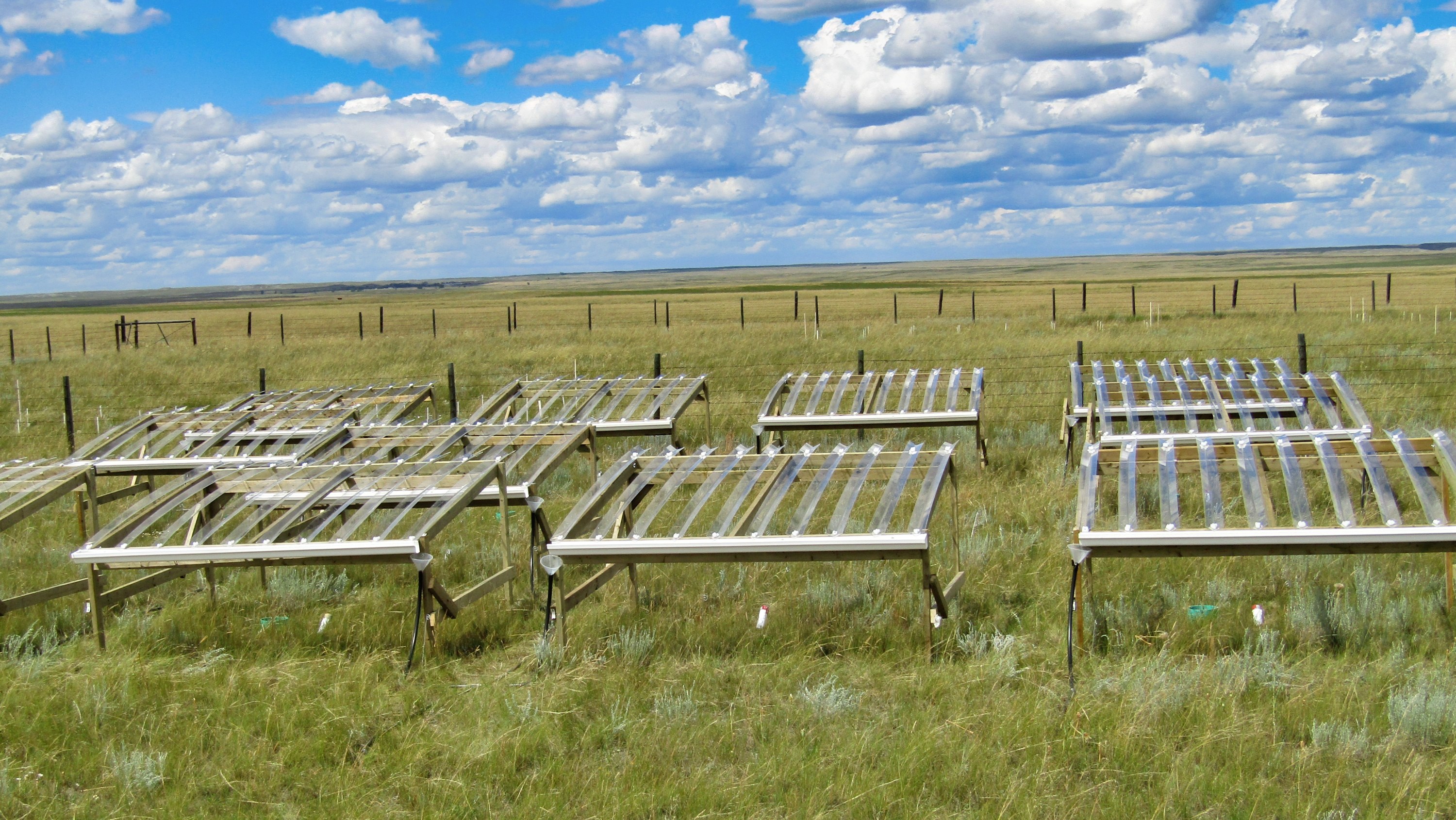Intense short-term drought driven by climate change is likely to have a much worse effect on the world’s grasslands than previously thought, according to University of Alberta researchers involved in an international study.
An experimentally imposed year-long drought on grasslands and shrublands in Africa, Asia, Australia, Europe, North America and South America resulted in a 60 per cent greater loss in plant growth under the extreme conditions, compared with more common historical drought patterns.
The groundbreaking collective study, conducted by more than 170 researchers, is the first to use a standardized experiment worldwide to provide a big-picture projection of intense drought extremity.
“What the finding tells us is that we have underestimated, so far, the impacts of short-term extreme drought on grassland systems,” says Cameron Carlyle, a rangeland ecologist in the Faculty of Agricultural, Life & Environmental Sciences and one of five U of A co-authors on the study.
The finding is worrisome because short-term droughts — a year or less in duration — are becoming more common around the globe, he adds.
“We haven’t experienced these types of extreme droughts very often in the past, but they are likely to be more frequent in the future due to climate change, and that is concerning because grassland plants drive important ecosystem services we depend on, like carbon sequestration.”
Grasslands and shrublands are ecologically vital around the world. Covering more than 40 per cent of the world’s ice-free land surface, the ecosystems often have low and variable rainfall, making them vulnerable to climate change. At the same time, they store more than 30 per cent of the world’s carbon stocks.
The large-scale research project provides “a clear understanding of whether extreme drought differs from normal historical droughts in terms of impact on plant growth, and which areas will be most affected,” says Batbaatar Amgaa, who led the U of A portion of the research to earn a PhD in ecology in the Faculty of Science.
“The magnitude of drought effects have been uncertain in scientific literature due in part to differences in research methodology among studies done at different locations and the past rarity of short-term extreme drought,” adds Amgaa, whose study co-authors included U of A professors Edward Bork and Scott Chang from the Faculty of Agricultural, Life & Environmental Sciences and James Cahill from the Faculty of Science.
“This now shows the global effect of severe short-term drought, which is expected to be the new normal.”
For the experiment, researchers reduced rainfall by placing transparent plastic structures over vegetation at 100 grassland and shrubland sites in various regions of the world, then compared the growth of the sheltered plants with those in adjacent uncovered areas.
Collectively, the findings showed that one year of statistically extreme drought — defined as a one-in-100-year event — resulted in a 60 per cent greater loss of plant production than at sites where drought magnitude was within the historical range.

